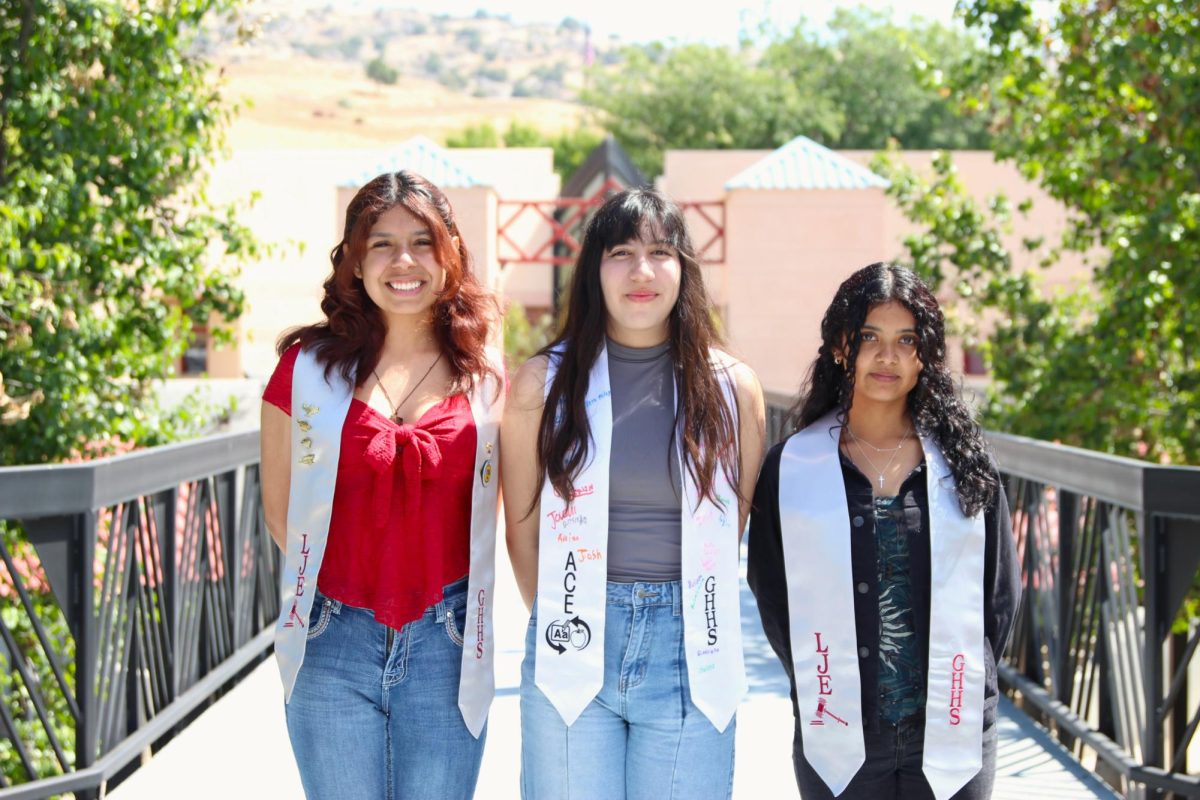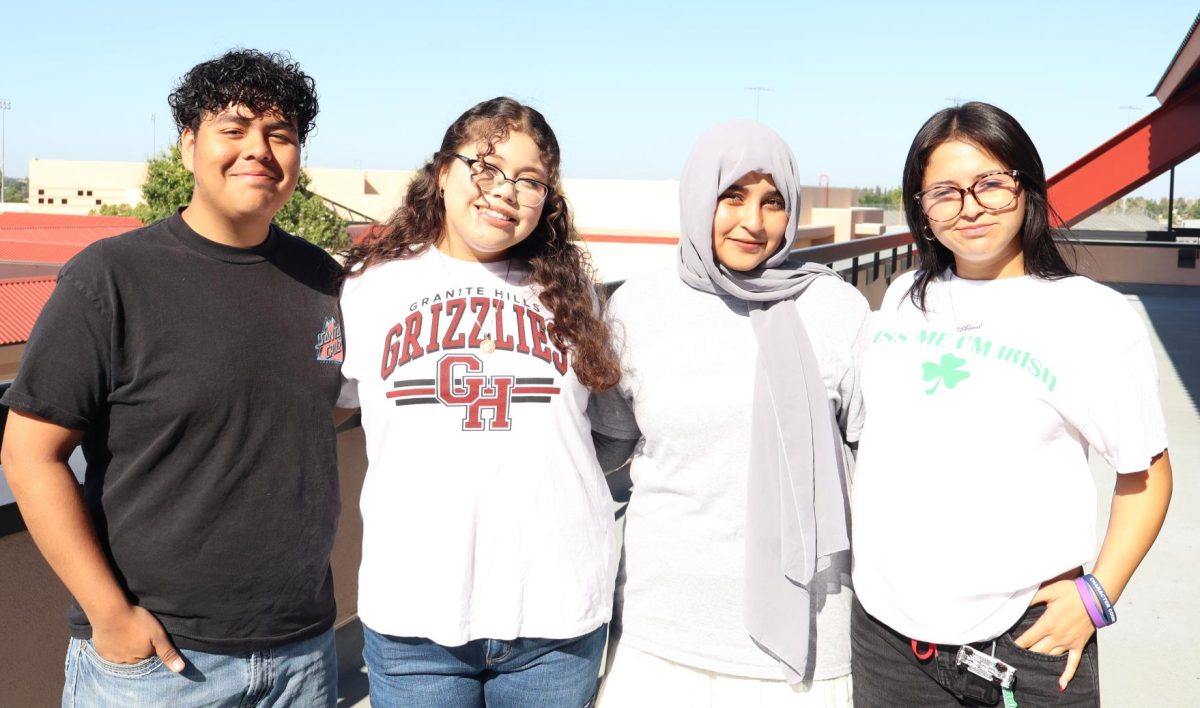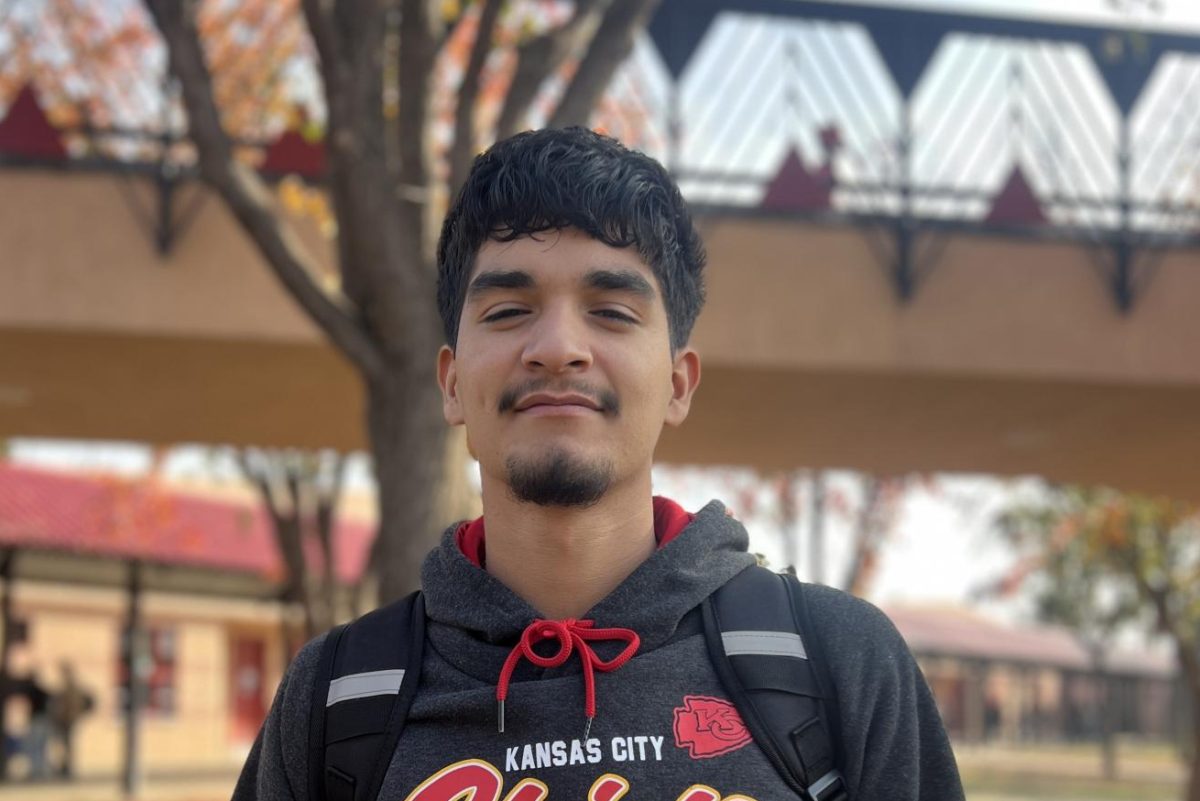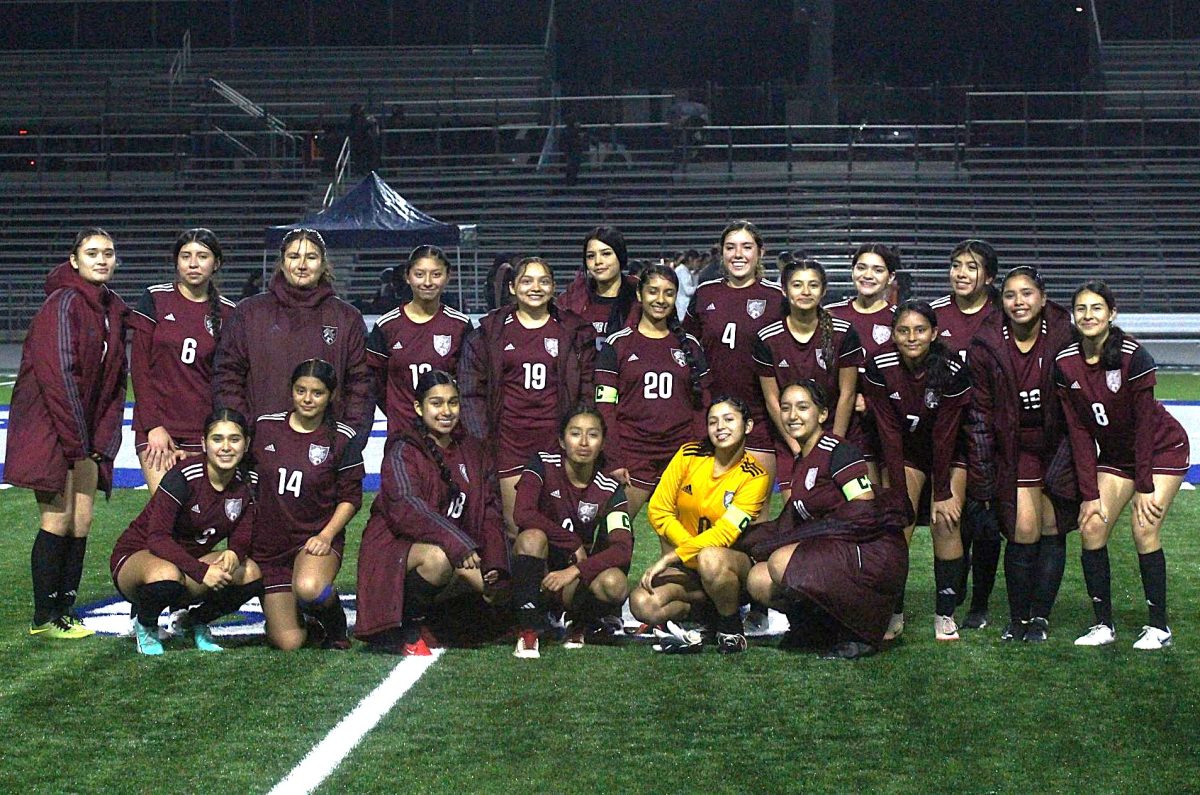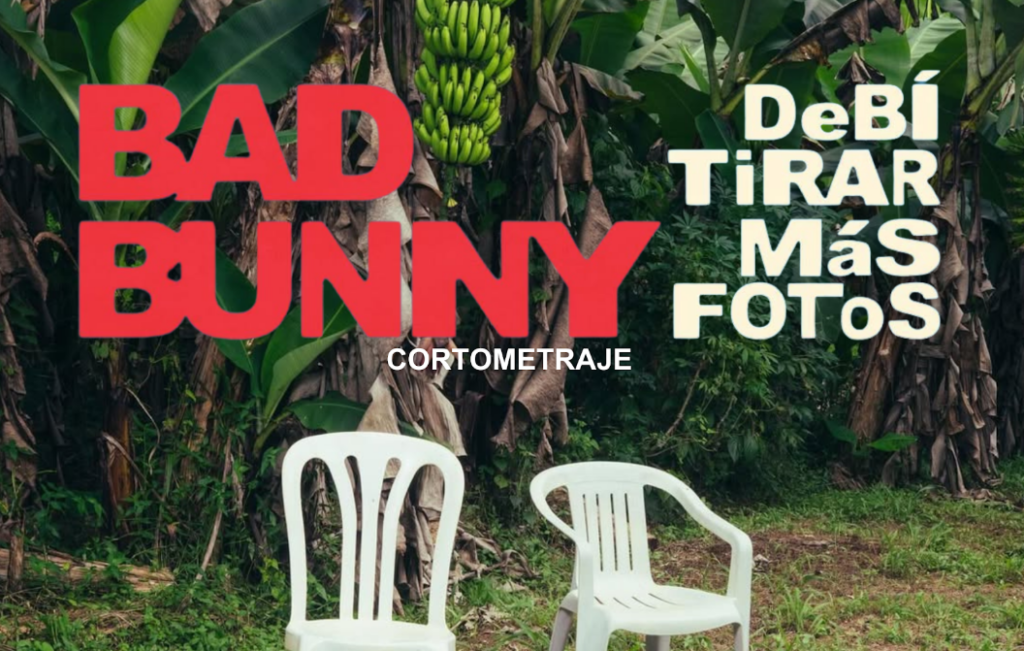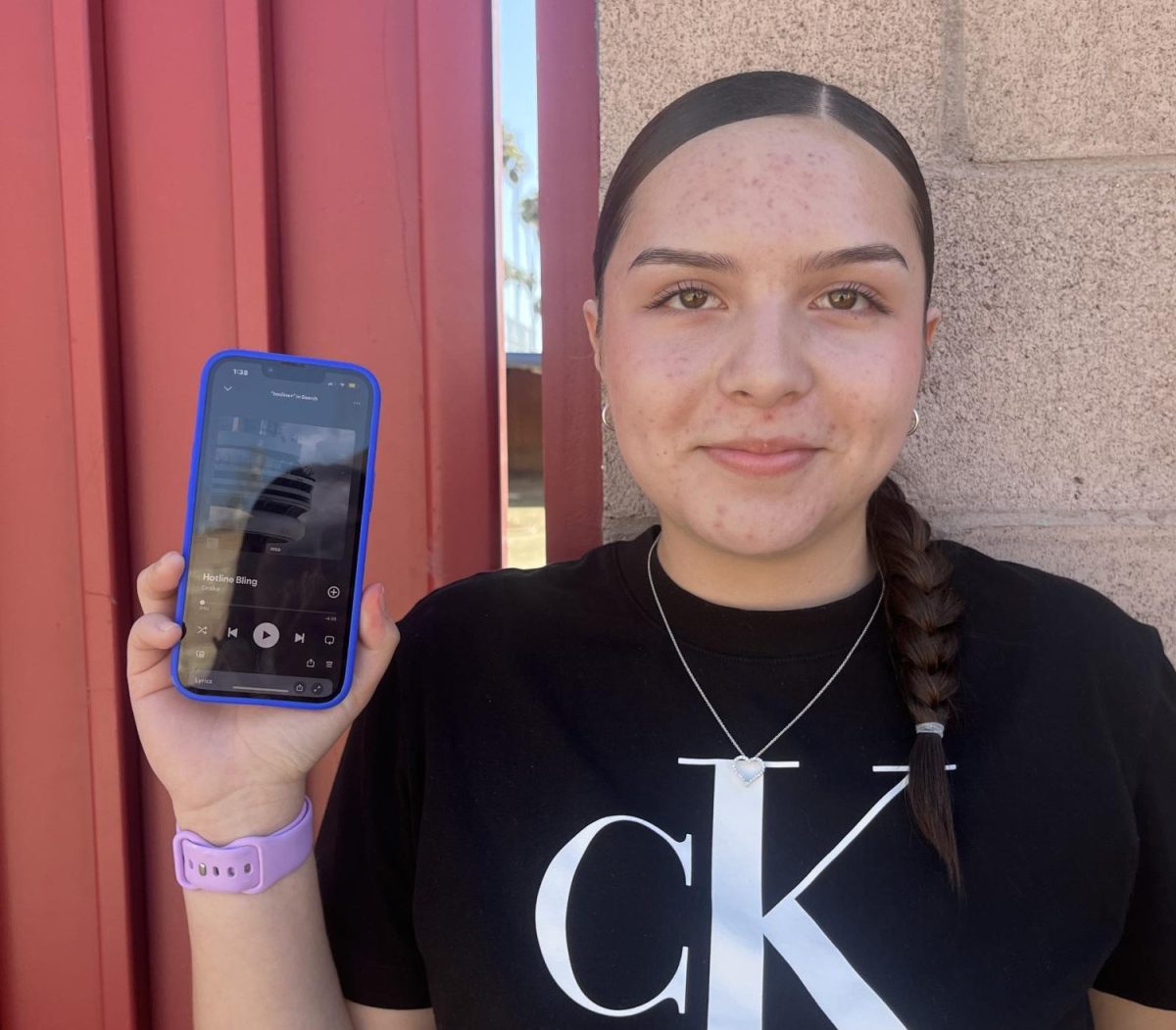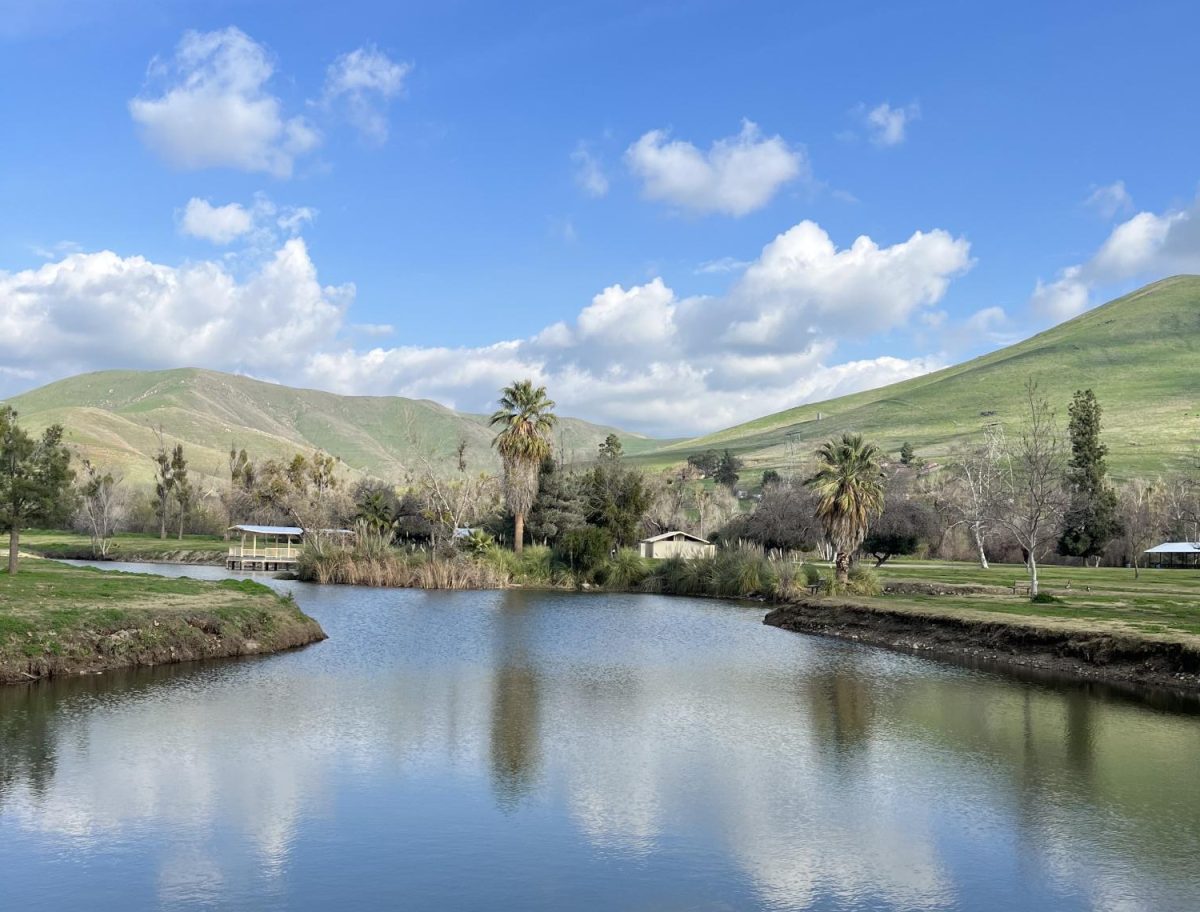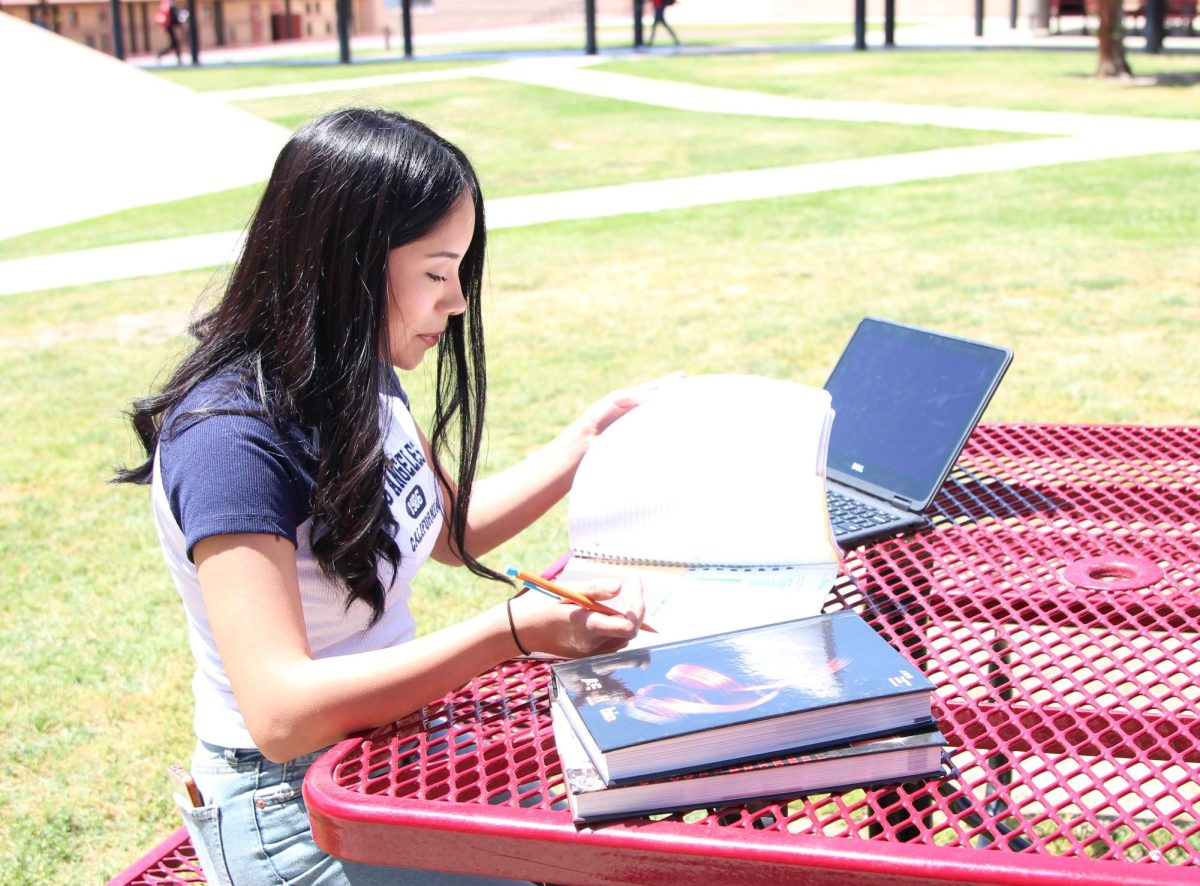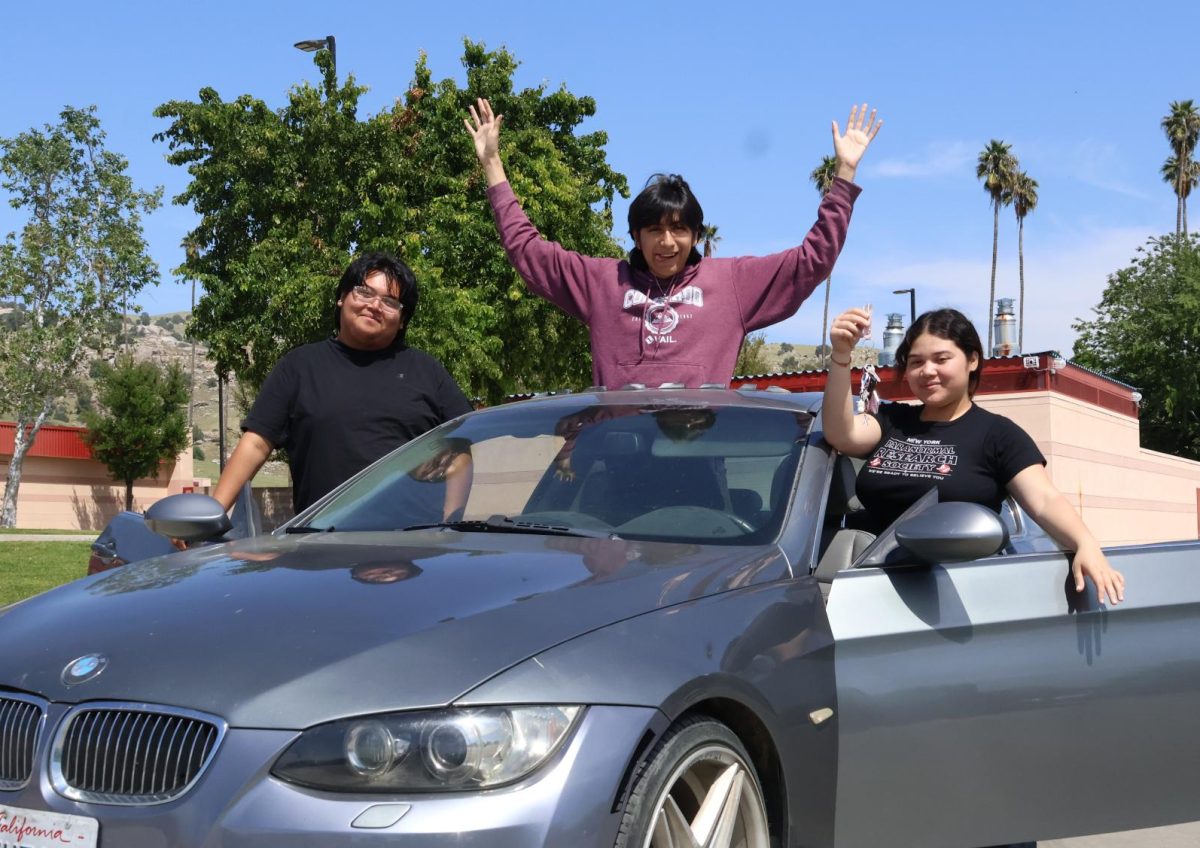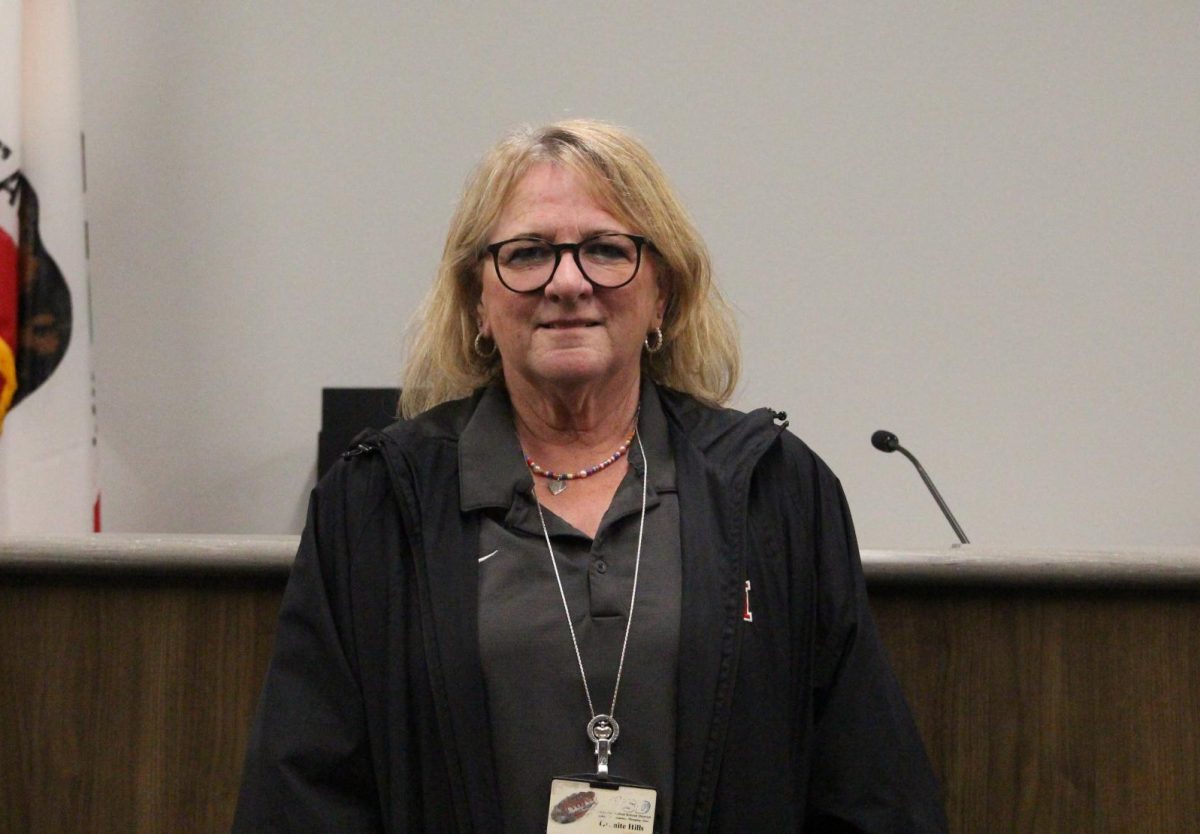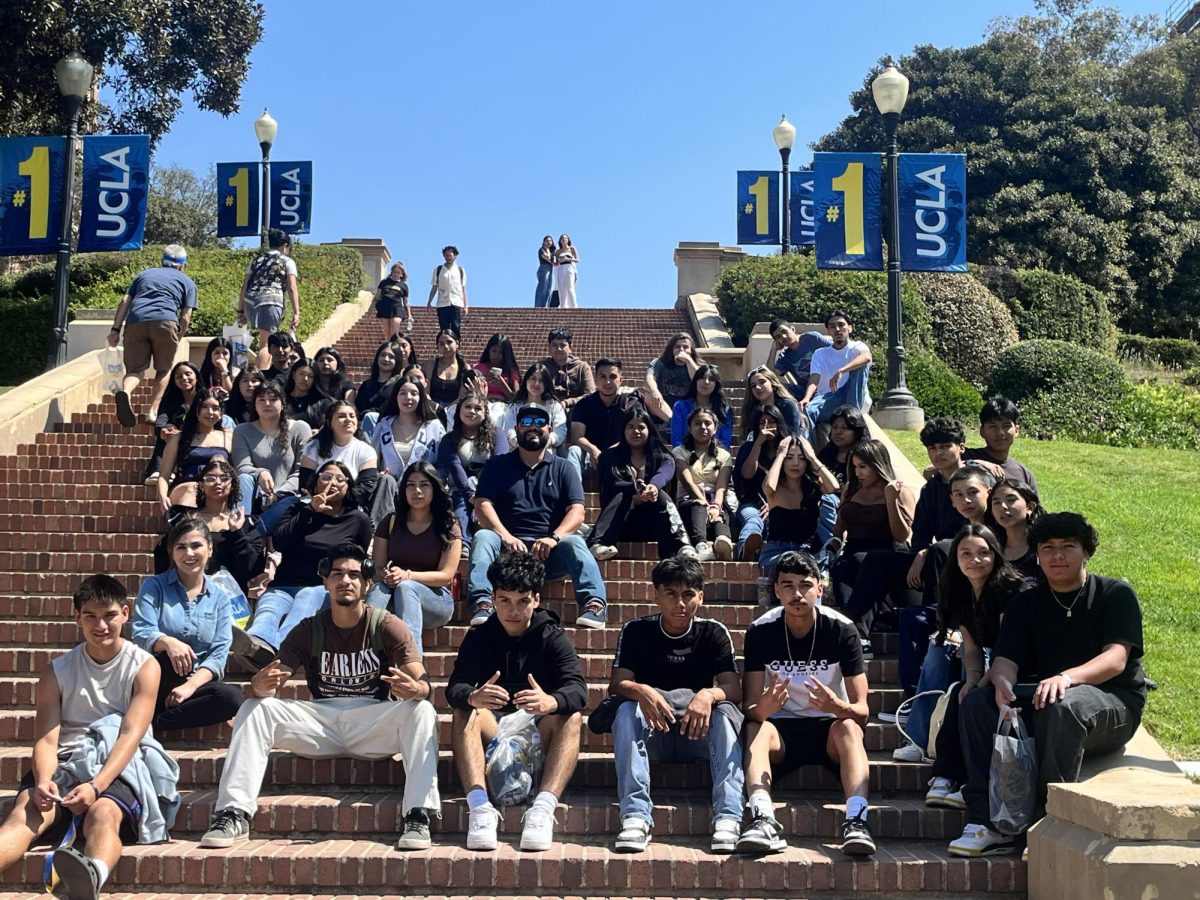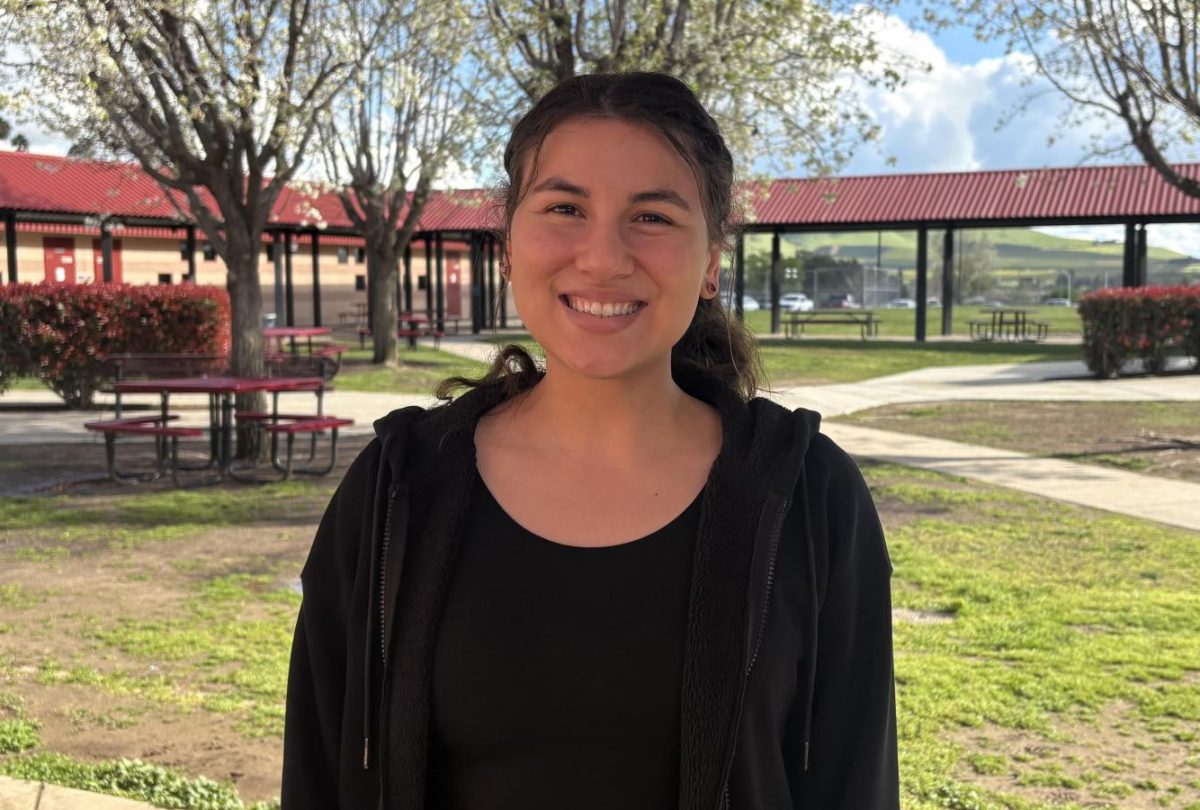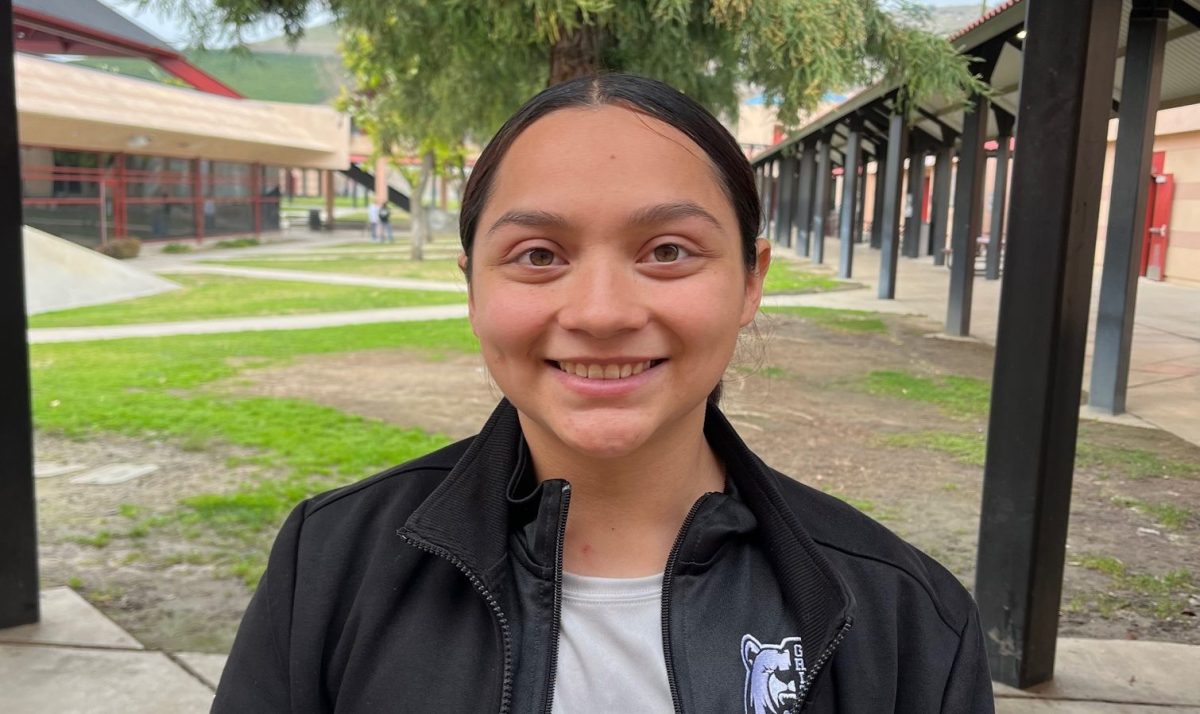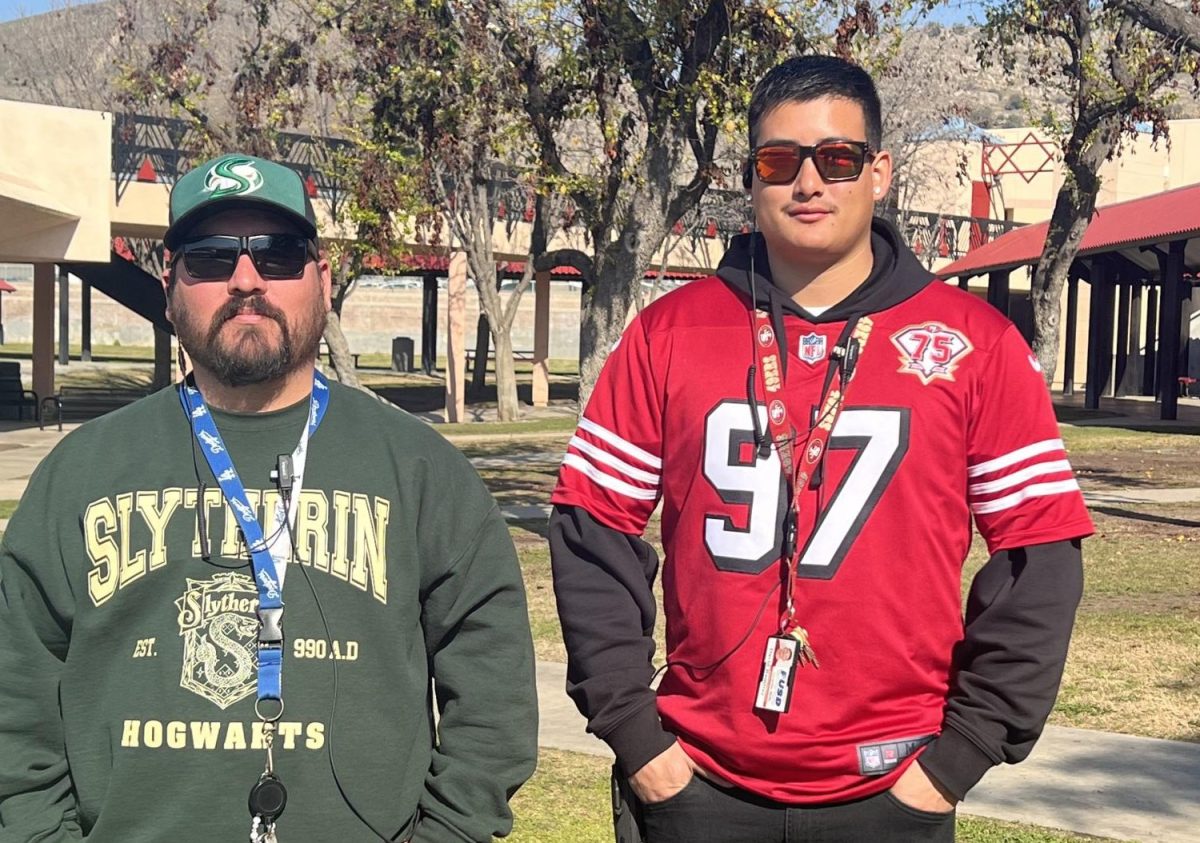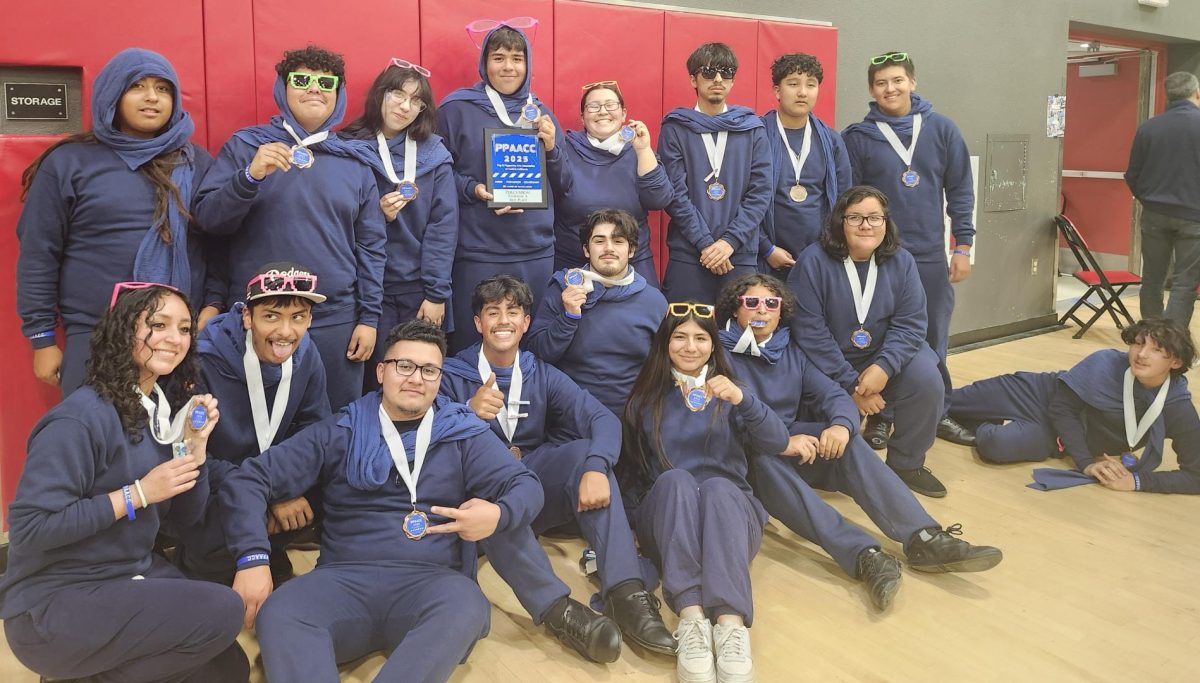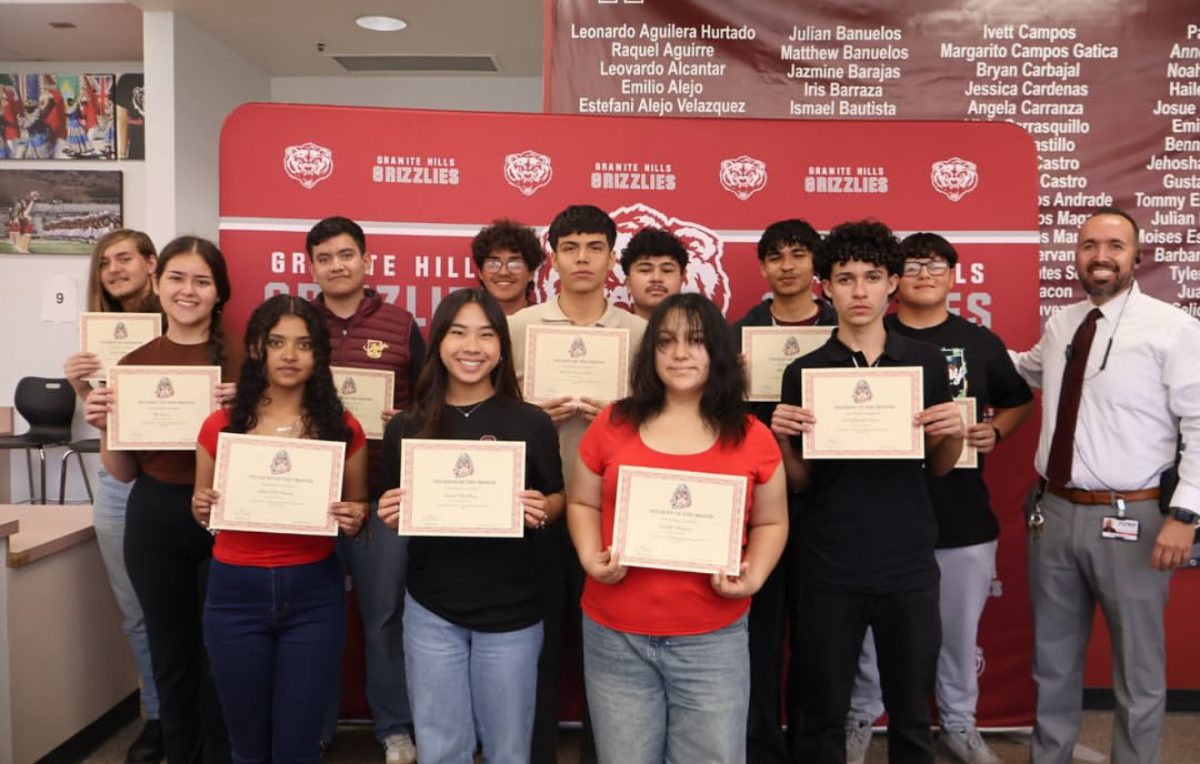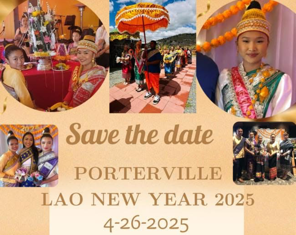
California has one of the largest Lao populations in the world, with approximately 58,000 residents, some of them calling Porterville home.
The Lao New Year is from April 14-16. This year, the celebration was held on April 26 in Porterville.
Pi Mai Lao, also known as Lao New Year, is a meaningful occasion, according to the traditional Lao calendar. This day reflects the struggles in the year, renewal, and redirection. It honors the Lao heritage by showing that the vibrant tradition continues to thrive and prosper despite the location.
The Lao people come from the country of Laos, which is located in Southeast Asia, bordering China, Vietnam, Cambodia, and Thailand. Many started immigrating to the United States because of the rise of communism in the region.
Pi Mai Lao offers the perfect opportunity to cleanse yourself of all that you have done in the past year. It is a time to get the Lao community together and have a celebration. In Porterville, it is essentially a type of fundraiser for the people within the community. Usually, there are stands set up that sell different types of Lao food so it can help fund the event.
For entertainment, numerous groups of people do different dances and traditions. It is usually younger children, ages 12-18, who do the dancing in traditional clothing. The traditional clothing worn is Sinh, which is a silk skirt, Sabai, a shoulder sash, a kout as a ceremonial crown, and bright makeup, including jewelry. The older women who usually show up from other parts of Tulare County travel down and do multiple traditional dances. One essential dance all the women have to know is a special one called “Lam Vong,” which is a type of circle dancing to traditional Lao music. Two other essential traditional dances that also contribute to Pi Mai are “Fon Lep” and “Fon Phouthai”. Fon Lep is a fingernail dance and Fon Phouthai is an ethnic group with dances within that specific group.
Just like many other cultures, the Lao New Year originates from other southeastern traditions. On the Lao calendar, where the end of the dry season marks the beginning of a new year, this shows the agricultural shift, letting the people know a new year has begun.
The significance behind Pi Mai expresses a time when all farmers celebrate their harvest and the incoming rainy season. Pi Mai is a way to bless all crops, homes, and the prosperity of their people. There is a deeper meaning behind every tradition within the New Year event.
One special event that occurs when celebrating Pi Mai is the pouring of water on the statue of our Buddha. This cleanses away any bad luck attached to the people there, this is a type of offering that welcomes everyone.
Another significant event that happens is a ceremony of health and fortune. This is where a special white string that is blessed is tied onto the wrists of those in attendance. The white ties stamp the mark of good health and fortune.
There is a ritual of money that is given to the Asian community, who are being funded by the people who show up. These donations are set up on stands and then given by the Kout Sangkhan ladies who are those who do the traditional dances.
The Kout Sangkhan ladies wear clothes that symbolize the meaning of their heritage. This usually includes women in silk, a conical headdress (kout), and bright makeup that makes them stand out. They sit on a set of steps with the main girl in the front and the rest behind her lead.
Pi Mai is a time for renewal; it is fun, but that is not the point. This is respect for the elders and the importance of how people treat each other. Therefore, going into a new year with a clean slate, new blessings, and prosperity.
